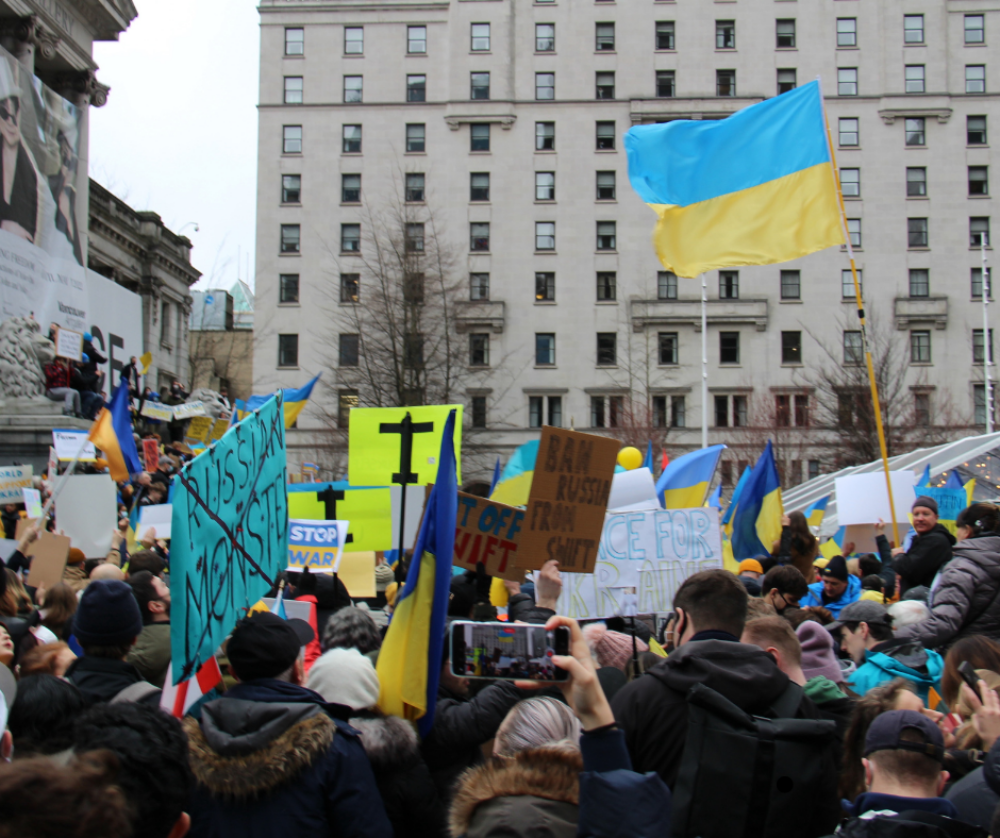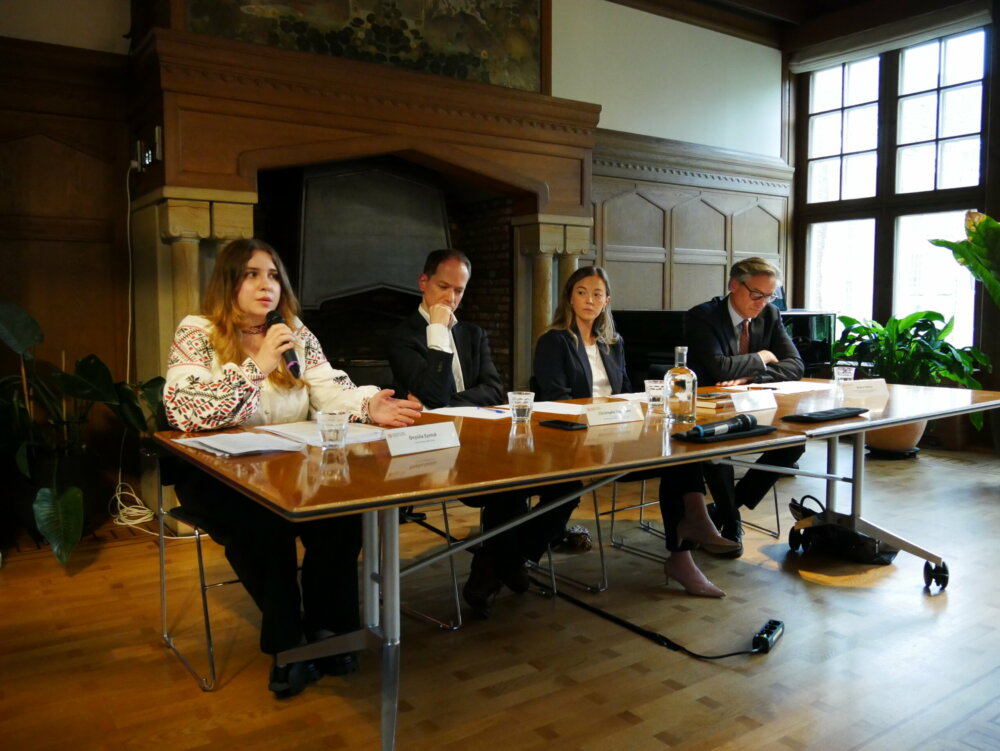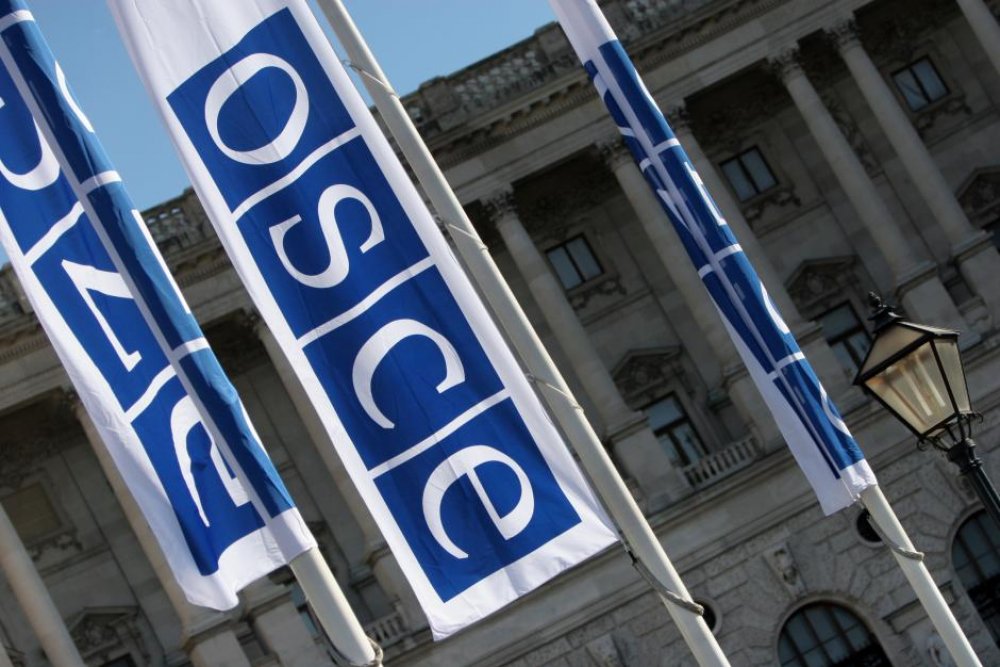OSCE Security Day Conference on Approaches to Conflict Resolution
On 16 September 2013, the OSCE Secretary General hosted a one-day conference in Vienna on the topic of “promoting lasting solutions – approaches to conflict resolution in the OSCE area.” The event was part of a series of conferences in the framework of the OSCE Security Days, launched for the first time in 2012 at the initiative of the OSCE Secretary General Lamberto Zannier. The event was organized around four thematic panels addressing conceptual and practical approaches to conflict resolution, existing and potential mechanisms for conflict resolution, contributions of multilateral organizations to international peace operations and building infrastructures for peace. The opening and first sessions were open to the public, the rest of the conference was held under the Chatham House Rule.
During the opening session, Dr. I. William Zartman, Professor Emeritus at the Paul H. Nitze School of Advanced International Studies (Johns Hopkins University), gave a keynote speech on conflict resolution and conflict management approaches. He explained that some conflicts – including some protracted conflicts in the OSCE area – are stuck in a “soft, stable and self-serving stalemate” (S5). In such a situation, the parties to the conflict perceive the alternatives to the conflict to be worse than the conflict situation itself and are therefore not interested in the solution of the conflict. Prof. Zartman explained that a conflict only becomes “ripe for solution” if the parties understand that they are stuck in a “mutually-hurting stalemate” that – if continued for a long time – will bring to them great pain and economic and other losses. Prof. Zartman stressed that it is therefore the chief task of diplomats and negotiators to help “ripen a conflict” by developing a perception that the situation cannot go on and that solution to the conflict is the only alternative. However, he concluded that “ripeness” is a necessary but not sufficient condition and that the pressure of the mutually-hurting stalemate has to be kept up continuously so that parties stick to finding a solution.
During Session I on conceptual and practical approaches to conflict resolution, Ambassador Friedrich Tanner, Senior Advisor/Liaison to the Swiss Chairmanship in the OSCE Office of the Secretary General underlined the necessity to remind parties to the protracted conflicts in the OSCE area that solutions are possible and that the “S5” situations cannot go on. In this context, he underlined the need to build up conflict prevention capacities within states and to improve analytical capacities within the OSCE Secretariat in Vienna.[1] Prof. P. Terrence Hopmann explained the OSCE’s comparative strengths vis-à-vis other international organizations and put special emphasis on the Organization’s “radical normative character”, its wide-spread membership as well as its ability to address conflicts on multiple levels, starting from the high level political talks in Vienna to the grass rootes level of field missions’ work. Catherine Woollard, Executive Director of the European Peacebuilding Liaison Office, emphasized the importance of inclusiveness related to the participation of all relevant stakeholders in the conflict resolution process. For example, marginalized groups such as women and representatives of civil society should be included on the negotiation table. She believed that without proper inclusion, a peace agreement will only exacerbate and institutionalize a situation. In this context, she referred to a recent review of the implementation of UNSCR 1325 on women, peace and security and said that although some general progress has been made, there has been little to no increase of women’s participation in conflict resolution.
Session II focused on existing and new potential mechanisms for conflict resolution that could be used in an OSCE setting. A variety of experts spoke on issues such as mediation, silent and preventive diplomacy, and external guarantees used to reinforce trust between conflicting parties. As regards mediation, it was recommended that the OSCE should further strengthen its capacities in this area through training programs, because mediation is recognized to be among the most efficient methods for conflict resolution. The successful work of the OSCE High Commissioner on National Minorities in the area of silent diplomacy was also mentioned, which is particularly useful before conflicts escalate and in order to address root causes of conflicts. It was also suggested that the OSCE should explore possibilities of how to contribute to the implementation of external guarantees in support of peace processes. For example, the OSCE could promote communication and the exchange of information between conflicting parties, contribute to fact finding in cases of alleged non-compliance, and provide a platform for discussing alleged non-compliance.
Session III discussed the contributions of regional and multilateral organizations to international peace operations. As regards the OSCE, it was noted that the organization provides the most added value in the area of civilian peacekeeping. By contrast, other organizations such as NATO and the EU have a comparative advantage in the area of military peacekeeping. The main institutional document underpinning possible OSCE peace operations is the 1992 Helsinki Document. In addition, the OSCE has experience of past peace operations, including for example the deployment of civilian and military monitors to the former Yugoslav Republic of Macedonia in 1992 and the deployment of civilian border monitors to the Georgian border with the Russian Federation from 1999 until 2005. It was suggested that in the future the OSCE could consider undertaking further civilian monitoring missions, civilian and/or military inspection and verification missions, confidence-building measures of all kinds, Track II initiatives and joint peace operations with other international organizations. In order for this to happen, many panelists and also interventions from the floor stressed the need to improve the political will of OSCE participating States.
Session IV looked into the consolidation of non-violent conflict resolution through the establishment of infrastructures for peace (I4P). These infrastructures may include, inter alia, national and local institutions for mediation, national and local peace committees, truth and reconciliation commissions as well as national and local early warning networks. One panelist regretted that in many cases I4Ps and other initiatives by international actors do not meet the immediate needs of the people in conflict-affected societies. Therefore, strong emphasis was placed on local ownership of I4Ps as well as on the inclusion of as many stakeholders as possible. Concerning the specific role of the OSCE, it was suggested that field missions could liaise with local stakeholders in order to identify needs and develop joint I4P projects. This should be done keeping in mind particular needs on the ground and national sensitivities.
In conclusion, the event provided an interesting mix of perspectives from practitioners engaged in conflict resolution on the one hand, and academics focusing on research on this topic on the other hand. What stood out in almost all contributions was the need for conflict resolution to be based on local ownership, inclusiveness, particular needs on the ground, as well as on awareness of national sensitivities. It also became clear that while the OSCE largely has the necessary tools available for conflict resolution, it is, like so many times before, the political will of participating States that determines whether those tools will be used to the full extent and whether the organization will be allowed to make a difference.
To visit the conference website, including all relevant documents, click here.
To read the previous blog on the OSCE Security Day conference on the role of the OSCE in the 21st century, click here.
To read the previous blog on the OSCE Security Day conference on the international community’s engagement with Afghanistan, click here.
[1] The role of the Secretariat was already considerably elevated by a decision of the 2011 Vilnius OSCE Ministerial Council on “elements of the conflict cycle” (MC.DEC/3/11).



Comments
* Your email address will not be published